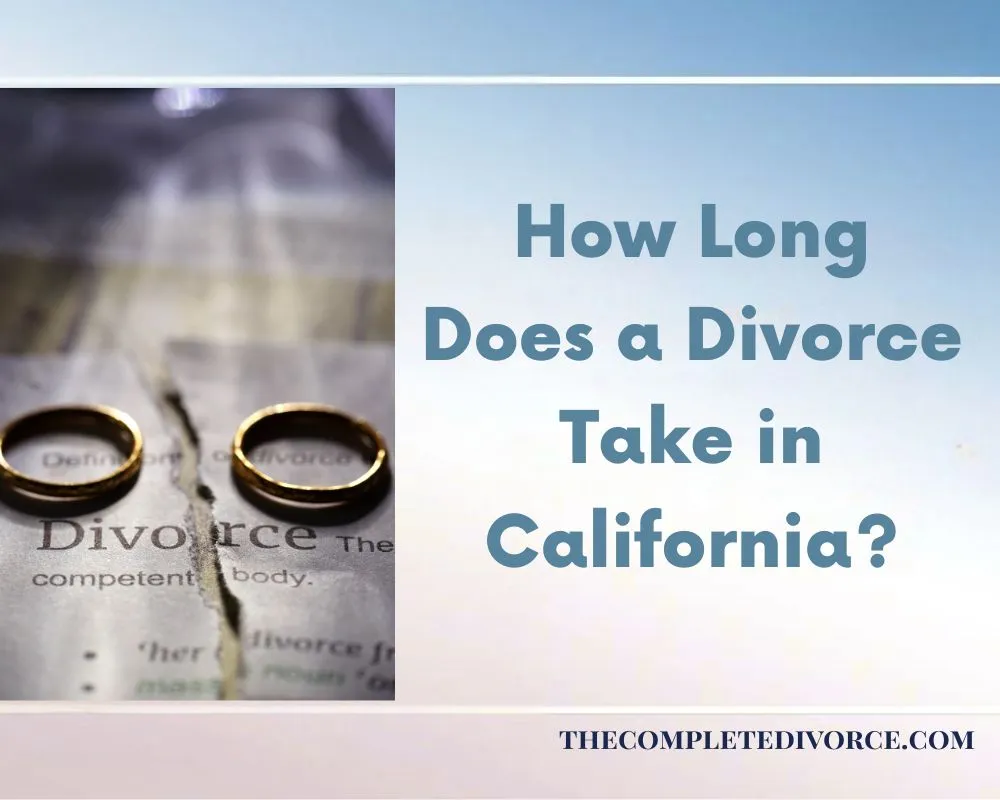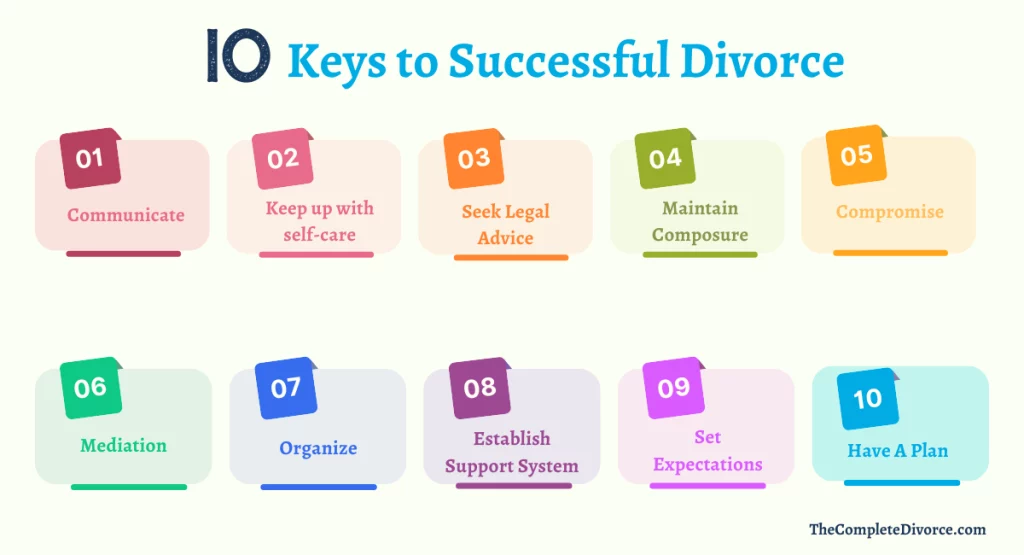
Share
FL-120 How to Complete the Response Forms for a Ca Divorce

Dina Haddad
Founder & Attorney Mediator
I’m Dina Haddad, a family law attorney-mediator in California. I’m so tired of couples not having a process that’s easy to complete their divorce. They are getting lost, wasting time and money, and beyond frustrated with their results.That’s why I created TheCompleteDivorce. I took my successful mediation practice and condensed it into an affordable and winning program.

Share
After the Petition Packet is served, it’s the other spouse’s turn to respond to the Petition Packet. If that is you, you are the Respondent. You’ll complete, serve and file the Response and Request for Dissolution of Marriage, and, if you have minor children, the UCCJEA. I call these forms the Response Packet. Unlike the Petition Packet, the Response Packet does not include a Summons.
The Respondent should file the Response Packet with the court within 30 days of being served with the Petition Packet. Although the Response Packet is not required to complete a divorce, completing one is important to prevent the Petitioner from taking a default divorce. If you missed the deadline, get your Response Packet filed as soon as possible to avoid Petitioner from taking a default divorce
Response, FL-120
The first form in the Packet is the Response, FL-120. Similar to the Petition, the Response forms for a Ca divorce gives you an opportunity to request orders in your divorce. Mark all that apply. As with the Petition, none of these requests become court orders or agreements, even if what you check in your Response matches what your spouse put on the Petition. The Response Packet sits in the court file until you take further action and works the same way as the Petition.
UCCJEA, FL-105
The next form for the Response is the UCCJEA. This is the same UCCJEA form that the Petitioner completed and can be completed in the same way.
Filing the Response Packet
Once you have completed the Response Packet, you’ll need to file it with the court. Make 2 copies, so you have three sets when completed. You have the same options to file by mail or in person. Follow the same instructions for filing the Petition Packet. You’ll also need to include your fee for filing the Response. It’s the same amount as Petitioner’s fees. Check the court’s website for the fee schedule. Review form FW-001 to see if you qualify for a fee waiver.
Serving the Response Packet, FL-335
Once you received your two endorsed filed copies back from the court, you’ll serve one of the filed copies on your spouse. Serving the Response Packet is much easier than the Petition Packet. The Response Packet needs to be served by mail. It does not require personal service.
With your assistance, your server will mail a filed Response Packet to the Petitioner. If your spouse is represented by an attorney, your server will mail the Response Packet to the attorney. After your server has completed the mailing, your server needs to complete and sign the Proof of Service by Mail, FL-335, stating that the Response Packet was mailed to Petitioner. This is the only form you need to prove the Response Packet was served.
You’ll then file the completed FL-335 by mail or in person. Make sure to include the original and two copies with a self-addressed stamped envelope, so the clerk mails two filed copies back to you, one for you and the other for your spouse. Remember, if you forget to file the FL-335, it’s as if your spouse was never served the Response Packet.
Beyond starting your divorce and completing the first step towards finishing your divorce, what you state in the Petition or Response doesn’t reflect who is going to win or what is going to happen in your case. If you state that you want sole custody in the Petition, you are not going to be awarded sole custody on that basis. You can get sole custody by reaching an agreement with your spouse that you file with the court; or, if your spouse does not agree, you can have a custody hearing or trial. If the judge agrees with you, then you’ll have sole custody. This applies for child support, spousal support and the property division.
If your spouse refuses to participate in the divorce, you can still finish your divorce by default. Although it’s not the best option, it allows Petitioners needing to finish the divorce the ability to be divorced even if a spouse is resistant. You’ll still need to follow the same steps to divorce, except your divorce agreement will be a proposal. Regardless of whether the Respondent is involved or not, the next step for all cases is to disclose your property and financial information with your spouse.
At TheCompleteDivorce, we provide you with what you need to successfully do your California divorce on your own. We provide all the required family law court forms in our automated forms program, all the video tutorials, and an automated customizable Marital Settlement Agreement (Divorce Agreement). If you need more help, you can get our package which includes time with a divorce mediator.
Before you go, consider if we can help you. We have helped thousands of couples in California. Our guided DIY divorce is successful and cheap! Our services are all 5-star!






